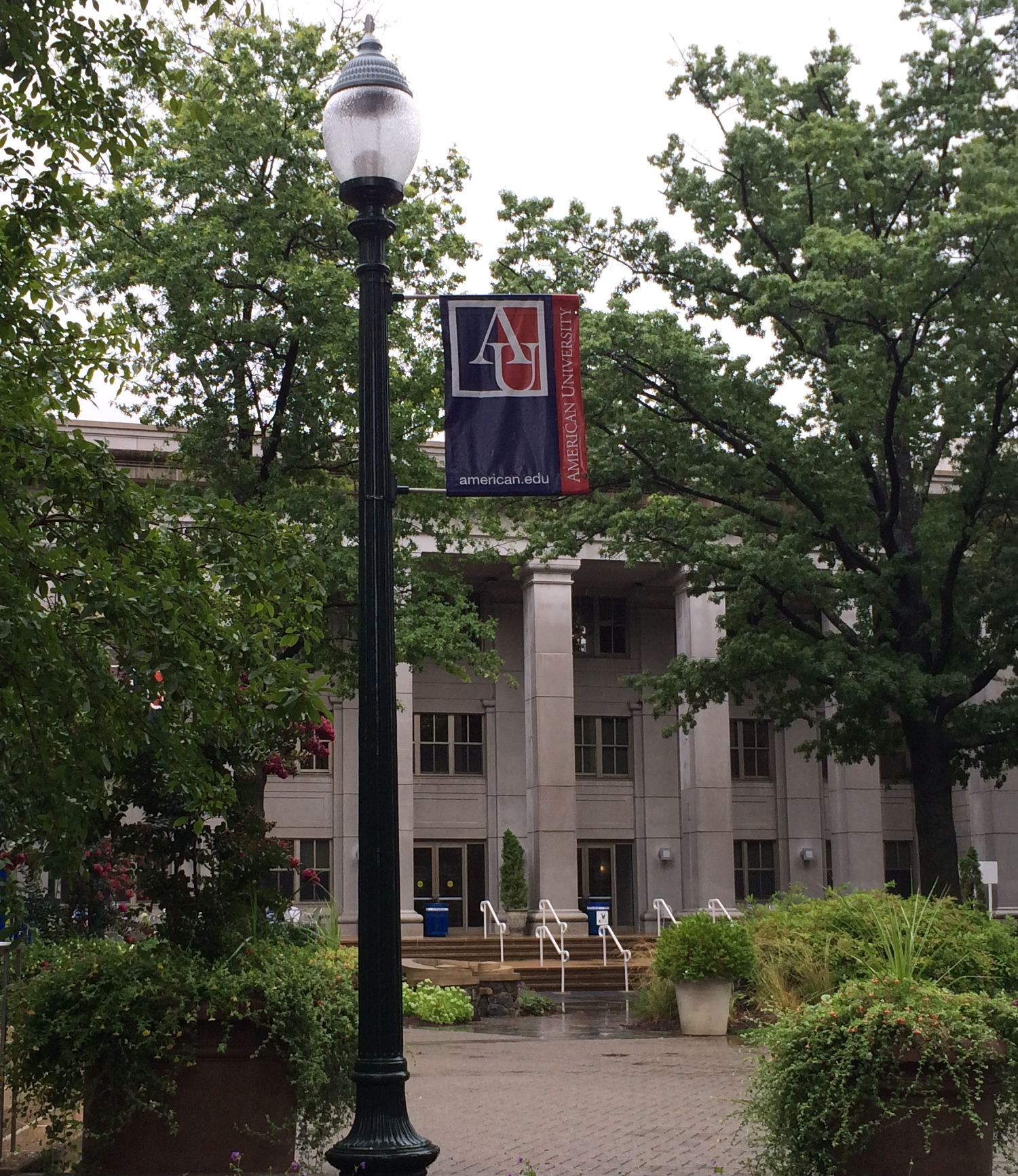 Applying to college can feel like a daunting process. With so many qualified candidates, how can you make sure your application stands out? Here are seven crucial strategies to enhance your college admissions application and increase your chances of getting into your dream school.
Applying to college can feel like a daunting process. With so many qualified candidates, how can you make sure your application stands out? Here are seven crucial strategies to enhance your college admissions application and increase your chances of getting into your dream school.
1. Write a Non-Traditional College Essay
The college essay is your chance to showcase your personality and unique experiences. To truly stand out, consider these non-traditional approaches:
Personal Identity and Background
Share how your cultural heritage, family traditions, or community involvement have shaped who you are.
Example: One student, writing for Harvard, detailed her experience growing up as a “Germerican” after moving from the US to Germany at a young age. She used this bicultural identity to highlight her unique perspective and how it shaped her understanding of cultural integration and belonging.
Overcoming a Significant Challenge
Share a story about overcoming a significant obstacle in your life. Focus on what you learned from the experience and how it has prepared you for college.
Example: A student shared his journey of recovering from a sports injury that threatened his athletic career. This story highlighted his resilience and passion for overcoming adversity, ultimately showing how this experience prepared him for future challenges.
Eureka Moments
Describe a moment of intellectual discovery or personal growth. This could be a time when you changed your perspective or learned something profound about yourself or the world.
Example: Another essay, known as the “Burying Grandma” essay, depicted a student’s realization about the importance of emotional support in healthcare, inspired by the loss of her grandmother. This epiphany led her to volunteer at a cancer treatment center, shaping her desire to become an oncologist.
Unique Hobbies and Passions
Explore a unique hobby or passion project. Explain how it has influenced your personal development and what it reveals about your character.
Example: A student wrote about their passion for vintage film photography. The student explained how this hobby clarified the importance of patience, attention to detail, and preserving memories, which added depth to to the student’s character and interests.
By choosing a unique angle and providing deep, personal insights, your essay will captivate admissions officers and make your application memorable. Get inspired and check out this long list of college essay ideas and topics.
2. Take AP Classes
Advanced Placement (AP) classes demonstrate your ability to handle college-level coursework. They show admissions officers that you’re serious about your education and willing to challenge yourself. Here are some tips:
- Choose Wisely: Select AP classes that align with your intended major or areas of interest. Check out Empowerly’s ranking of AP classes by difficulty to make informed decisions.
- Perform Well: Strive for high scores on AP exams to validate your efforts and readiness for college academics.
- Highlight in Applications: Emphasize your AP coursework and any relevant projects or achievements in your application.
AP classes can significantly bolster your academic profile and show colleges that you’re prepared for the rigors of higher education. Though, not all AP courses are created equal.
3. Secure a Great Internship
Internships provide valuable real-world experience and can set you apart from other applicants. Here’s how to make the most of them:
- Find Relevant Opportunities: Look for internships related to your field of interest or intended major. Search online for internships for your high schools students
- Gain Practical Skills: Focus on developing practical skills and gaining industry insights during your internship. If you’re looking for structured research opportunities, explore research opportunities for high school students to find suitable programs.
- Build a Network: Use your internship to connect with professionals and mentors who can offer guidance and support.
Internships not only enhance your resume but also demonstrate your initiative and dedication to your chosen field.
4. Maintain Strong Relationships with Teachers and School Leadership
Recommendations from teachers and school leaders can significantly impact your application. Building strong relationships can help you secure compelling recommendations. Here’s how:
- Engage in Class: Participate actively and show genuine interest in your subjects.
- Seek Feedback: Ask for constructive feedback and show a willingness to improve.
- Be Involved: Participate in school activities and leadership roles to build rapport with teachers and administrators.
Strong recommendations can provide a powerful endorsement of your abilities and character, enhancing your overall application.
5. Give Back to Your Community
Community service is a great way to demonstrate your commitment to making a positive impact. Colleges value students who contribute to their communities. Here’s how to get involved:
- Identify Causes You Care About: Choose community service projects that align with your interests and values.
- Make a Difference: Take on roles where you can make a meaningful contribution and demonstrate leadership.
- Reflect on Your Experience: In your application, discuss how your community service has influenced your personal growth and future goals.
6. Triple Check Your Application for Errors
This might be obvious, but it’s so easy for you and your family to miss a mistake. A flawless application is crucial for making a good impression. Errors can detract from your achievements and attention to detail. Here’s how to ensure your application is error-free:
- Proofread Multiple Times: Review your application several times, focusing on different aspects each time.
- Seek Feedback: Have teachers, mentors, or family members review your application.
- Use Tools: Utilize grammar and spell-check tools, but don’t rely solely on them.
A polished application reflects your dedication and meticulousness, leaving a positive impression on admissions officers.
7. Understand What Colleges Accept Your GPA
Understanding how your GPA fits into the admissions criteria of your target colleges can help you tailor your application. Here’s what to do:
- Research Admissions Statistics: Look at the average GPAs of admitted students for each college. Check out this list of colleges and universities that accept a 3.4 GPA to find suitable options.
- Be Realistic: Apply to a mix of reach, match, and safety schools based on your GPA and other qualifications.
- Highlight Strengths: If your GPA is on the lower side, emphasize other strengths like your essay, extracurriculars, or test scores.
Knowing where your GPA stands can help you strategically apply to colleges where you have a strong chance of acceptance.
By following these strategies, you can create a memorable application that captures the attention of admissions officers and increases your chances of admission to your top-choice schools.

 Career mapping is a crucial process for high school students, as it allows them to gain clarity on their interests, skills, and aspirations and align them with suitable career paths. It can help students explore different career options, set achievable goals, and take steps toward achieving them.
Career mapping is a crucial process for high school students, as it allows them to gain clarity on their interests, skills, and aspirations and align them with suitable career paths. It can help students explore different career options, set achievable goals, and take steps toward achieving them. 
 While colleges increasingly emphasize the value of “experiential” or “hands-on” learning within their own communities, high school students are discovering real benefits in setting aside time during their high school careers for internships or other out-of-classroom experiences. In fact, they are finding that internships provide amazing opportunities to gain significant work experience while exploring long-term career options.
While colleges increasingly emphasize the value of “experiential” or “hands-on” learning within their own communities, high school students are discovering real benefits in setting aside time during their high school careers for internships or other out-of-classroom experiences. In fact, they are finding that internships provide amazing opportunities to gain significant work experience while exploring long-term career options. Each year, thousands of high school students across the country gain valuable hands-on laboratory and research experience by interning for a variety of academic, government and nonprofit organizations engaged in scientific research.
Each year, thousands of high school students across the country gain valuable hands-on laboratory and research experience by interning for a variety of academic, government and nonprofit organizations engaged in scientific research. For college-bound high school students, the months between junior and senior years are crucial for jump starting the application process.
For college-bound high school students, the months between junior and senior years are crucial for jump starting the application process.